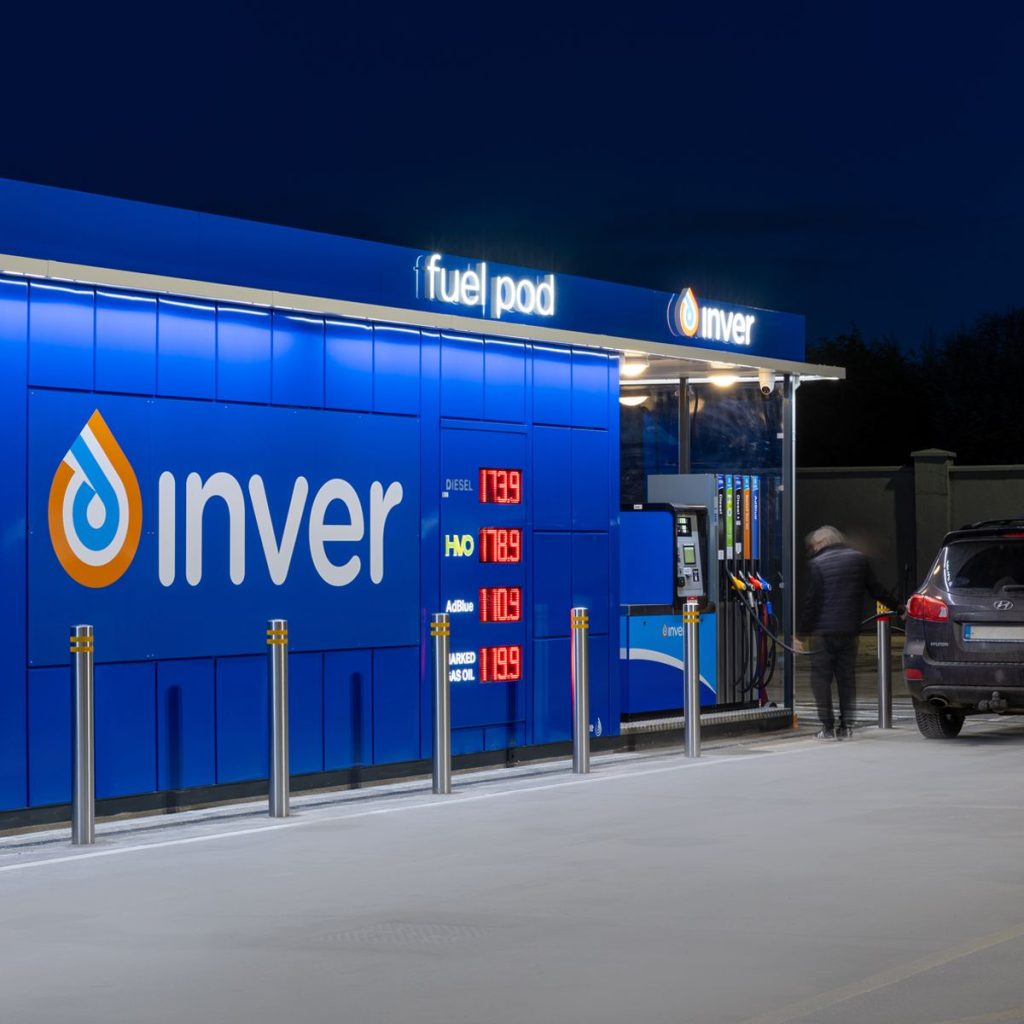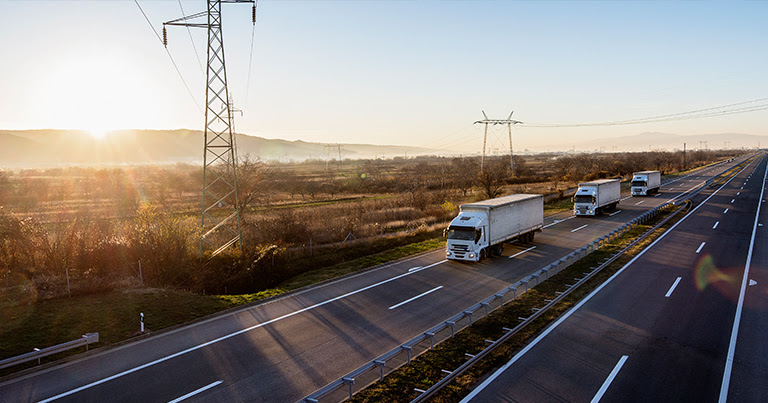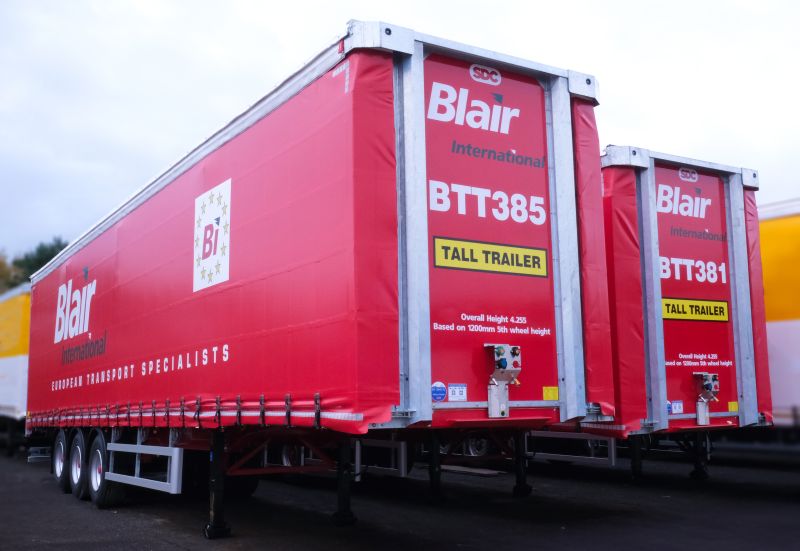Euope’s zero emission Heavy Duty Vehicle (HDV) fleet is estimated to reach up to 600,000 vehicles by 2030 with up to 90 per cent of those vehicles being battery electric vehicles, according to research conducted by the European Commission, and published in a recent communication.
This estimation is based on extensive market research and stakeholder consultations and reflects the legal requirements of the revised CO2 emission performance standards for new heavy-duty vehicles.
OEMs clearly see the priority of their investment in battery-electric drivetrains. By the end of 2024, more than 100 battery electric models were available in series or small series production.
They are suited for all use cases and throughout all vehicle segments, including for trucks above 7.5 tonne.
20 hydrogen fuel cell models were available in small series production, with first models with hydrogen combustion engines coming into the market in 2025. Announced vehicle models equally show much larger numbers for battery electric vehicles throughout all market segments.
With regards to dedicated recharging infrastructure and hydrogen refuelling infrastructure the communication concludes that the mandatory targets set under Alternative Fuels Infrastructure Regulations (AFIR) along the TEN-T network and in urban nodes provide around 50 per cent of the expected necessary infrastructure by 2030.
This is in line with the overall AFIR logic that aims at ensuring a basic network covering the full main transport corridors and all urban nodes on which basis market forces shall deliver infrastructure where additional demand exists.
The communication concludes that zero emission HDVs are now available in series production for all use cases and vehicle segments. It is evident that at least in the initial phase the market will be largely dominated by battery electric vehicles whereas the role of hydrogen HDVs is less certain.
The infrastructure deployment targets set under AFIR are in general adequate to provide the required minimum infrastructure for the expected uptake of battery electric and hydrogen HDV. Further analysis on the targets will be carried under the Impact Assessment for the AFIR review in the course of 2026.



